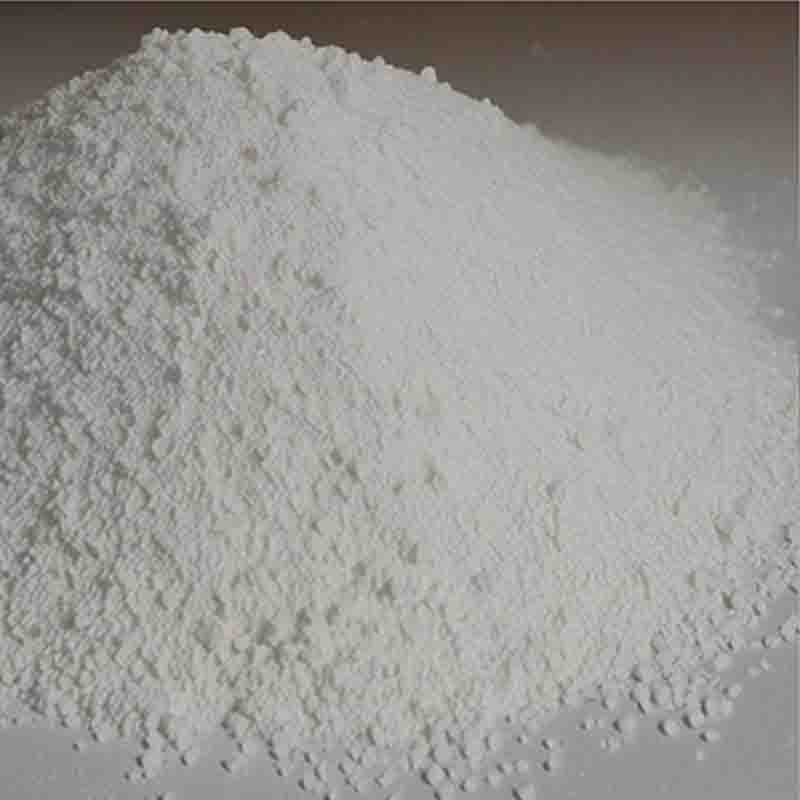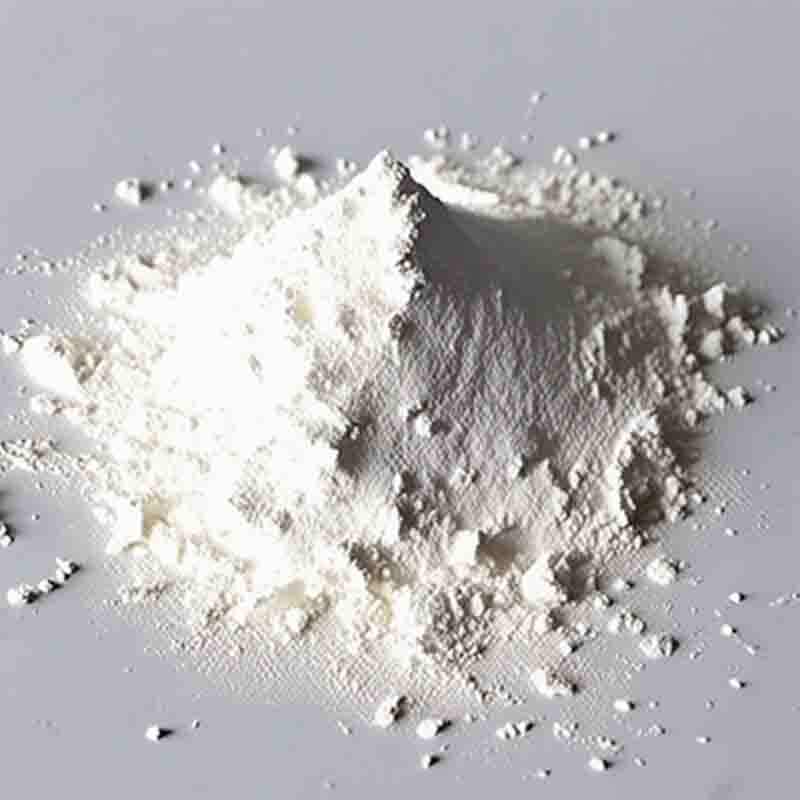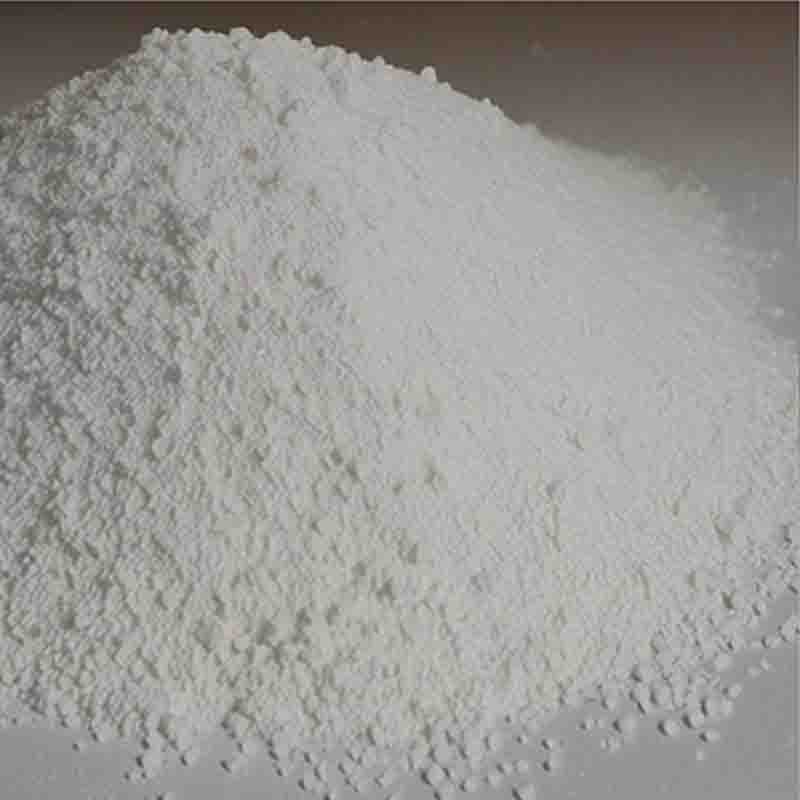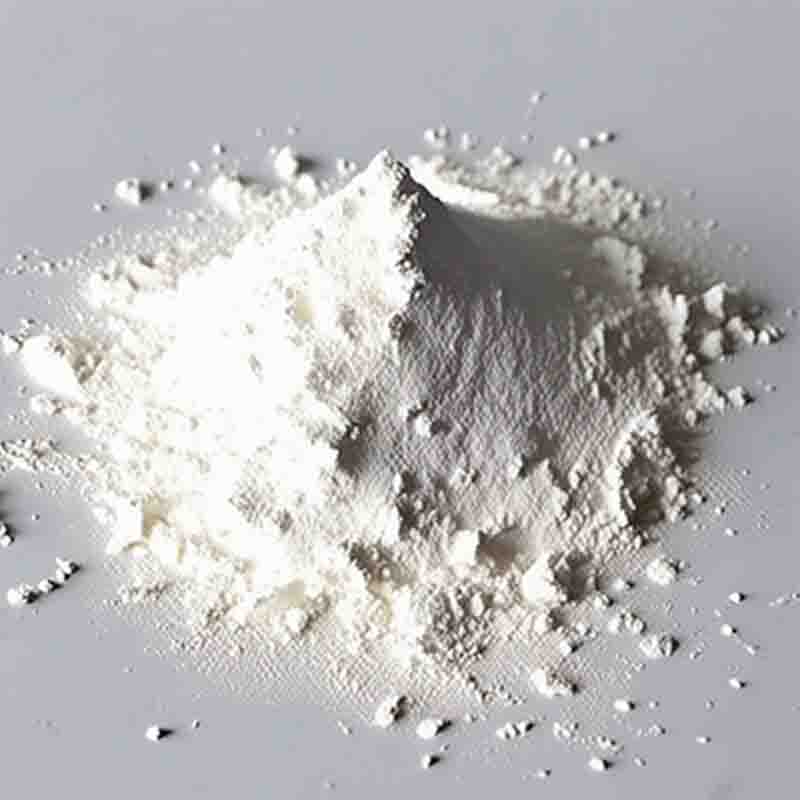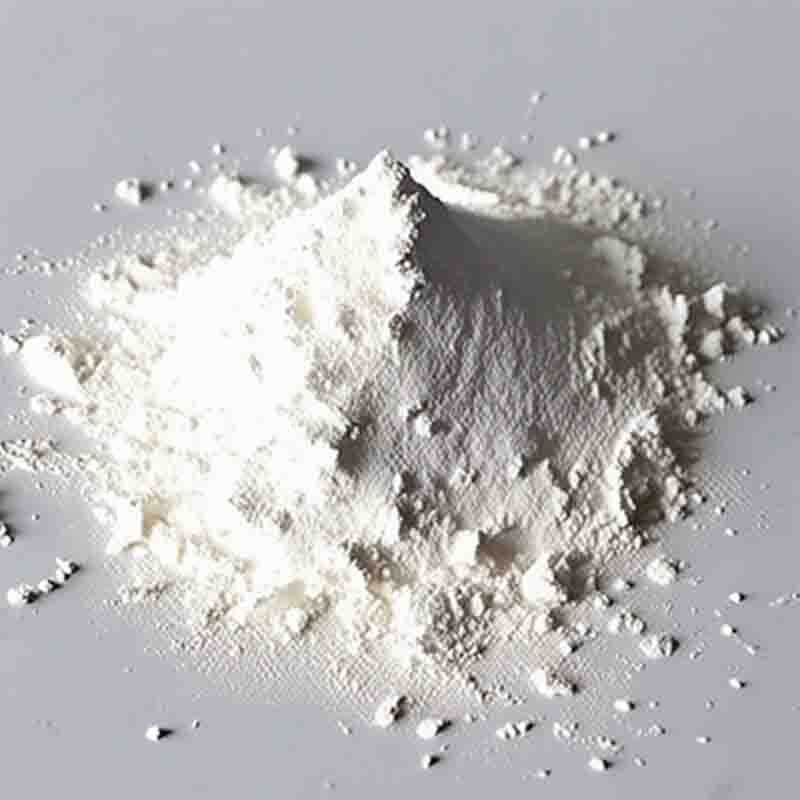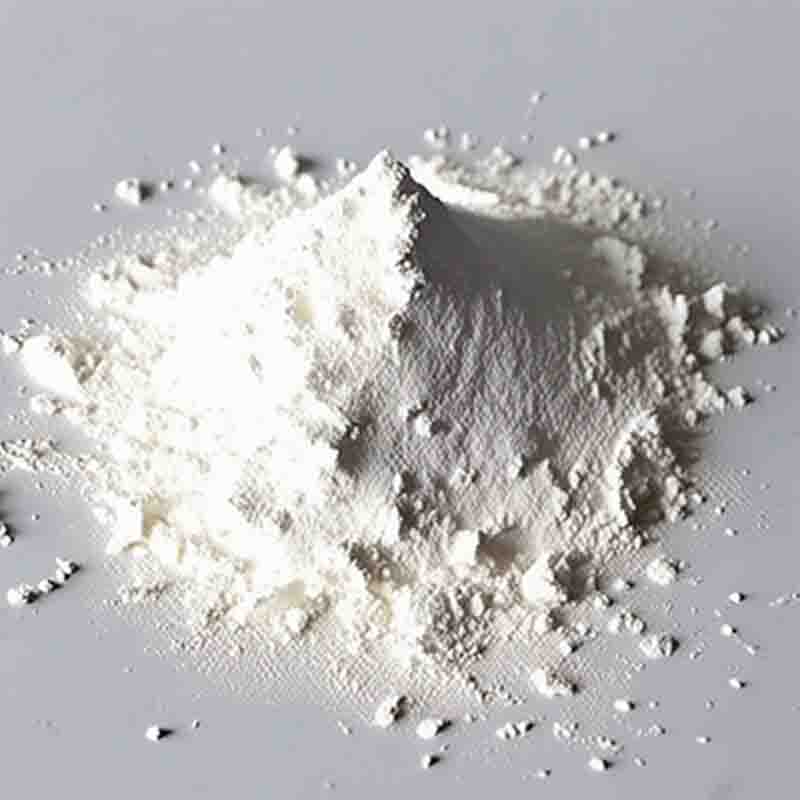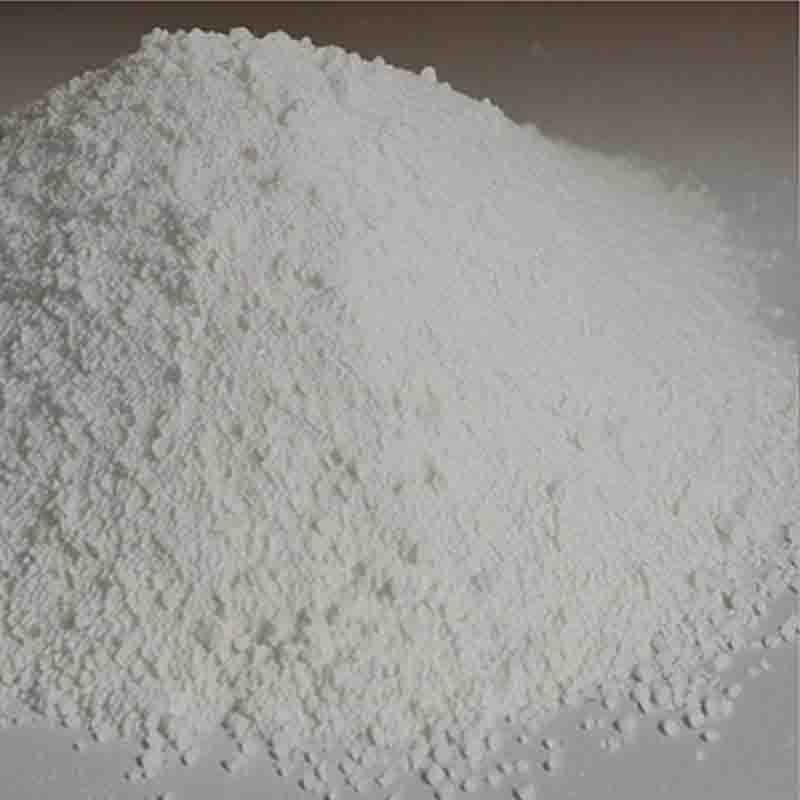(OC-6-44)-Tricarbonylchloro(glycinato)ruthenium CAS: 14873-63-3
| Catalog Number | XD94422 |
| Product Name | (OC-6-44)-Tricarbonylchloro(glycinato)ruthenium |
| CAS | 14873-63-3 |
| Molecular Formula | C14H10Cl2N2Pt |
| Molecular Weight | 472.23 |
| Storage Details | Ambient |
Product Specification
| Appearance | White powder |
| Assay | 99% min |
(OC-6-44)-Tricarbonylchloro(glycinato)ruthenium, also known as [Ru(CO)3Cl(gly)], is an organometallic complex of ruthenium that has diverse applications in catalysis, medicinal chemistry, and material science. This compound consists of a ruthenium center coordinated with three carbonyl ligands, one chloride ion, and one glycinato ligand.One of the main uses of [Ru(CO)3Cl(gly)] is in catalysis. The ruthenium center in this complex serves as a catalyst for various chemical transformations. For example, it has been utilized in carbon–carbon bond forming reactions, such as the addition of carbon nucleophiles to aldehydes or ketones. The presence of the carbonyl ligands and chloride ion enhances the reactivity and stability of the ruthenium catalyst, allowing for efficient and selective transformations.In medicinal chemistry, [Ru(CO)3Cl(gly)] showcases potential applications as an anticancer agent. Ruthenium complexes have attracted attention as alternatives to traditional platinum-based anticancer drugs due to their unique mechanisms of action and lower toxicity profiles. The glycinato ligand in [Ru(CO)3Cl(gly)] can coordinate to DNA molecules, leading to DNA damage and cell death. This property makes it a promising candidate for the development of targeted anticancer therapies.Moreover, [Ru(CO)3Cl(gly)] has shown promise in material science, particularly in the synthesis of functional materials. By taking advantage of the reactivity of the ruthenium center, researchers have incorporated [Ru(CO)3Cl(gly)] into coordination polymers and hybrid materials with desired properties. These materials find applications in areas such as sensing, catalysis, and gas storage. The tuneable nature of [Ru(CO)3Cl(gly)] allows for the design of materials with specific functionalities and enhanced performance.Furthermore, [Ru(CO)3Cl(gly)] is often employed as a precursor for the synthesis of more complex ruthenium complexes. By substituting the carbonyl or glycinato ligands, it is possible to generate derivatives with altered reactivity or properties. This versatility enables the development of tailored catalysts or therapeutic agents for specific applications.In summary, (OC-6-44)-Tricarbonylchloro(glycinato)ruthenium is a versatile organometallic complex that finds applications in catalysis, medicinal chemistry, and material science. Its reactivity, stability, and ability to induce DNA damage contribute to its potential as an anticancer agent. Additionally, [Ru(CO)3Cl(gly)] serves as a precursor for the synthesis of functional materials with desired properties. The flexibility offered by the carbonyl and glycinato ligands allows for the design and development of novel ruthenium-based catalysts and therapeutic agents for various applications.


